Indian Pangolin
- February 9, 2024
- 0 comment
The Indian Pangolin, a unique mammal native to the Indian subcontinent, is a creature of fascination and concern. With its distinctive appearance characterized by overlapping scales covering its entire body, the Indian Pangolin stands out among its mammalian counterparts. These scales, made of keratin, serve as armor against predators, highlighting the pangolin’s remarkable adaptations for survival. Typically measuring between 50 to 65 centimeters in length and weighing anywhere from 8 to 16 kilograms, Indian Pangolins are known for their nocturnal habits, preferring to forage alone under the cover of darkness.
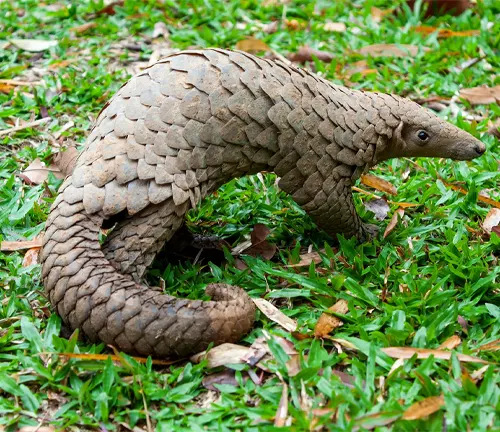
They primarily feed on ants and termites, utilizing their long, sticky tongues to extract insects from mounds and tunnels. Despite their elusive nature, Indian Pangolins face significant threats from poaching and habitat loss, driven by the demand for their scales in traditional medicine and rapid urbanization. Efforts in conservation, including legal protection and habitat restoration, offer hope for the survival of these enigmatic creatures. However, continued awareness and collective action are essential to ensure a future where Indian Pangolins thrive in their natural habitats.
| Specification | Description |
|---|---|
| Scientific Name | Manis crassicaudata |
| Family | Manidae |
| Size | 50 to 65 centimeters in length |
| Weight | 8 to 16 kilograms |
| Habitat | Forests, grasslands, agricultural areas |
| Distribution | Indian subcontinent (India, Nepal, Bangladesh, Sri Lanka, parts of Pakistan) |
| Diet | Ants, termites |
| Feeding Habits | Nocturnal foragers, using long, sticky tongues |
| Defense Mechanism | Curling into a tight ball, presenting tough scales |
| Conservation Status | Endangered (IUCN Red List) |
| Threats | Poaching, habitat loss, illegal wildlife trade |
| Conservation Efforts | Legal protection, habitat restoration, anti-poaching measures |
A Unique Creature of the Subcontinent

The Indian Pangolin (Manis crassicaudata) is a fascinating mammal native to the Indian subcontinent. Belonging to the family Manidae, it is one of the eight species of pangolins found worldwide. This nocturnal creature is renowned for its distinctive scales and unique behavior, making it a subject of intrigue and concern for conservationists and wildlife enthusiasts alike.
Physical Characteristics
Size and Weight
Indian Pangolins typically measure between 50 to 65 centimeters in length, with their tails adding an additional 40 to 45 centimeters. They weigh anywhere from 8 to 16 kilograms, with males usually larger than females.
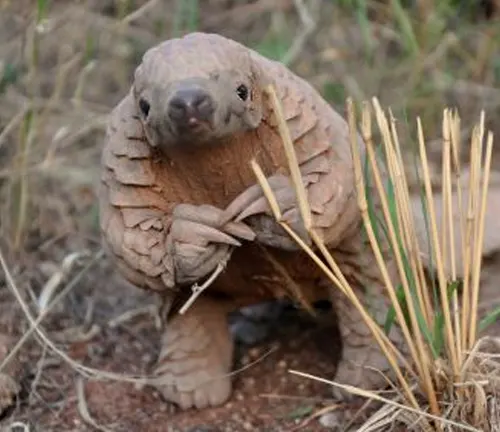
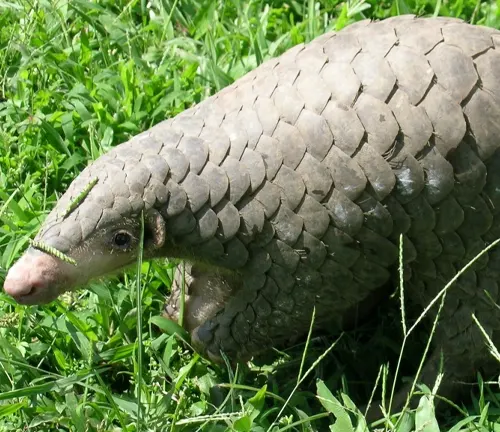
Scales and Appearance
The most striking feature of the Indian Pangolin is its overlapping scales covering its entire body, serving as armor against predators. These scales are made of keratin, the same material found in human fingernails, and provide excellent protection. Their elongated snouts and small eyes contribute to their unique appearance.
Habitat and Distribution
Indian Pangolins are found across various habitats ranging from forests to grasslands, and even agricultural areas. They are distributed throughout the Indian subcontinent, including India, Nepal, Bangladesh, Sri Lanka, and parts of Pakistan.
Habitat
The habitat of the Indian Pangolin varies across the Indian subcontinent, encompassing a range of environments from forests and grasslands to agricultural areas. These adaptable creatures can be found in a variety of habitats, including dense woodlands, scrublands, and even urban environments with suitable vegetation cover. They are most commonly encountered in areas with abundant ant and termite populations, as these insects form the primary diet of Indian Pangolins. Despite their ability to inhabit diverse landscapes, Indian Pangolins are particularly associated with regions rich in insect biodiversity, where they can find ample food sources for foraging. However, rapid deforestation, habitat degradation, and human encroachment pose significant threats to their habitat, leading to habitat loss and fragmentation which in turn endangers the survival of Indian Pangolins in the wild. Conservation efforts aimed at preserving their habitat are crucial for ensuring the continued existence of these fascinating creatures in their natural environment.

Distribution

The Indian Pangolin (Manis crassicaudata) is distributed throughout the Indian subcontinent, spanning countries such as India, Nepal, Bangladesh, Sri Lanka, and parts of Pakistan. Within these regions, Indian Pangolins inhabit a variety of habitats, including forests, grasslands, agricultural areas, and even urban environments with suitable vegetation cover. However, their distribution within these countries can be patchy due to factors such as habitat loss, fragmentation, and human encroachment. In recent years, there have been reports of declining populations and localized extinctions in certain areas, highlighting the need for conservation efforts to protect the remaining populations of Indian Pangolins across their range. Efforts to conserve their distribution include habitat restoration, anti-poaching measures, and public awareness campaigns aimed at reducing threats to their survival. By safeguarding their distribution and ensuring the protection of their habitats, we can work towards securing a future where Indian Pangolins continue to thrive in the wild.
Diet and Feeding Habits
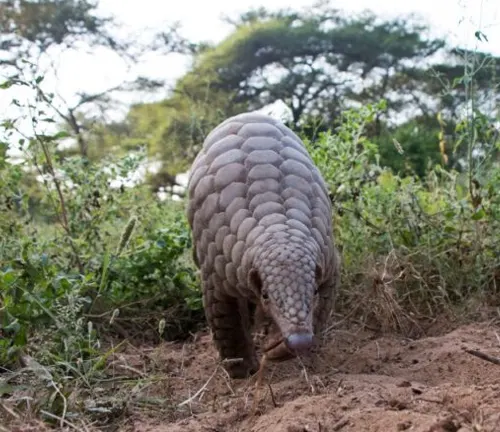
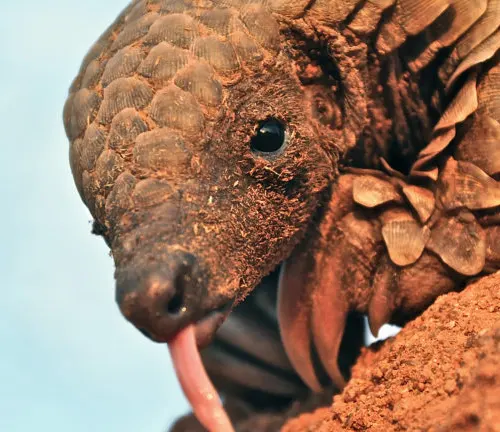
These nocturnal creatures use their long, sticky tongues to extract insects from mounds, tunnels, and crevices. Their diet is exclusively insectivorous, and they are highly adapted to foraging for their preferred prey. Indian Pangolins possess strong claws specifically designed for digging into ant and termite nests, allowing them to access their food sources efficiently. They have a keen sense of smell and hearing, which aids them in locating insects even in the dark. Once they detect their prey, Indian Pangolins use their tongues, which can extend up to 16 inches, to slurp up ants and termites with remarkable speed and precision. Their diet of ants and termites not only provides them with the necessary nutrients for survival but also plays a crucial role in controlling insect populations in their habitats, contributing to the ecological balance of their ecosystems. However, the reliance of Indian Pangolins on specific insect prey makes them vulnerable to habitat loss and changes in insect populations, emphasizing the importance of conserving their habitats to ensure their continued survival.
Behavior and Adaptations
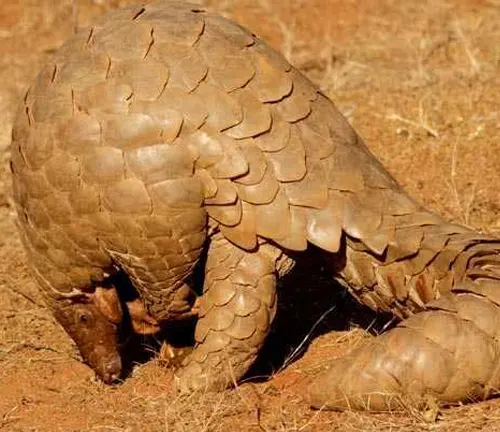

These creatures are primarily nocturnal, meaning they are most active during the night. During the day, Indian Pangolins typically rest in burrows, hollow logs, or dense vegetation to avoid predators and extreme temperatures.
One of the most notable adaptations of Indian Pangolins is their specialized scales, which cover their entire body and act as armor against predators. When threatened, they have the remarkable ability to curl into a tight ball, presenting their tough scales to deter attackers. This defensive behavior helps protect them from predators such as big cats and canids.
Indian Pangolins have poor eyesight but compensate with a keen sense of smell and hearing, which they use to locate their prey of ants and termites. They have long, sticky tongues that they use to extract insects from mounds, tunnels, and crevices. Their strong claws are well-suited for digging into ant and termite nests, allowing them to access their food sources efficiently.
Reproduction

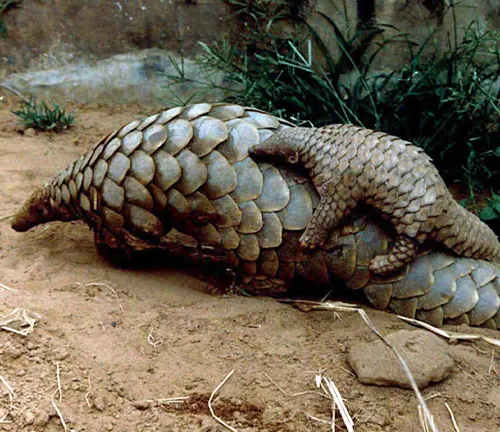
The reproduction process of Indian Pangolins (Manis crassicaudata) is relatively mysterious due to their elusive nature and the challenges of studying them in the wild. However, some aspects of their reproductive behavior have been observed and documented.
Indian Pangolins typically mate during the breeding season, which varies depending on factors such as location and environmental conditions. After mating, the female Indian Pangolin undergoes a gestation period of around 65 to 70 days before giving birth to a single offspring. In rare cases, twin births have been reported, but they are uncommon.
The newborn pangolin, known as a pup, is relatively undeveloped and dependent on its mother for care and nourishment. It has soft, pinkish skin and lacks the tough scales that characterize adult pangolins. The mother provides protection and guidance to her offspring, often carrying it on her back or curled up with it in a protective posture.
The young pangolin gradually matures under the watchful eye of its mother, learning essential survival skills such as foraging for food and defending itself against predators. It remains with its mother for several months, receiving nourishment from her milk and guidance on how to navigate its environment.
Threats and Conservation Status
Poaching and Illegal Trade
Indian Pangolins face severe threats from poaching and illegal wildlife trade. Their scales are highly prized in traditional Chinese medicine, driving a lucrative black market trade that poses a significant risk to their survival.
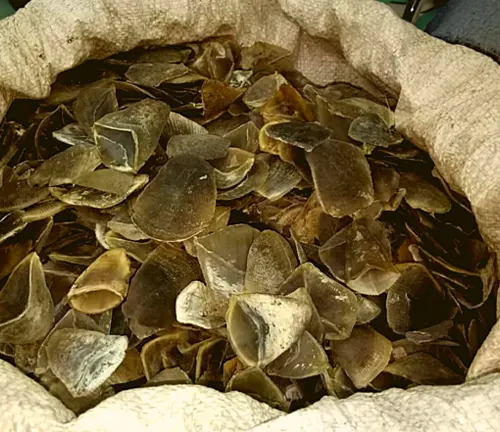
Habitat Loss and Fragmentation
Rapid urbanization, deforestation, and agricultural expansion have led to the loss and fragmentation of their natural habitats, further endangering Indian Pangolin populations.
Role in Ecosystem
Indian Pangolins play a crucial role in maintaining ecological balance by controlling insect populations, particularly ants and termites. Their foraging behavior helps aerate the soil and distribute nutrients, benefiting plant growth.
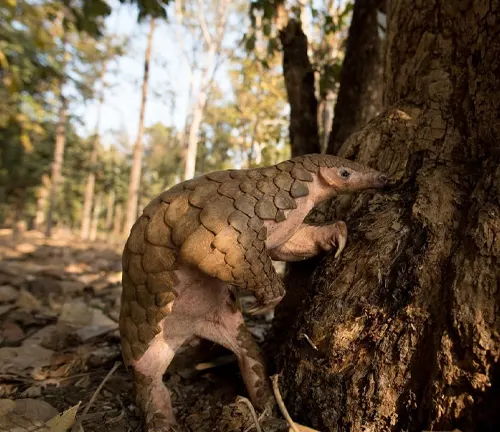
Different Species
The Indian Pangolin (Manis crassicaudata) is the only species of pangolin found in the Indian subcontinent. While there are eight species of pangolins worldwide, including four species in Africa and four in Asia, the Indian Pangolin is the sole representative of its kind in the region.
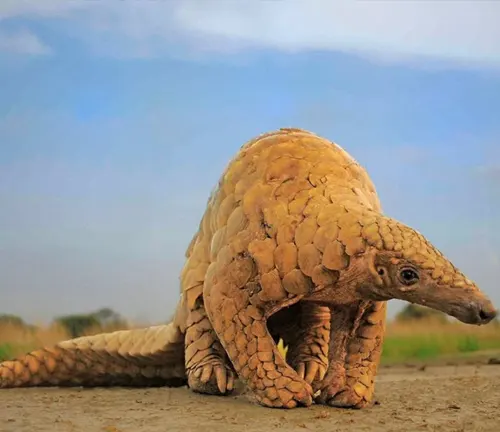
Frequently Asked Question (FAQs)
- What is the Indian Pangolin’s main diet?
Indian Pangolins primarily feed on ants and termites, using their long, sticky tongues to extract insects from mounds and tunnels. - How can we help in conserving Indian Pangolins?
Individuals can contribute to conservation efforts by supporting organizations working to protect pangolins, spreading awareness about their plight, and advocating for stronger wildlife protection laws. - Are Indian Pangolins endangered?
Yes, Indian Pangolins are classified as endangered by the IUCN Red List due to threats such as poaching, habitat loss, and illegal trade. - Do Indian Pangolins attack humans?
Indian Pangolins are not aggressive towards humans and typically avoid confrontation. However, they may defend themselves if threatened or cornered. - How do Indian Pangolins defend themselves?
When threatened, Indian Pangolins curl up into a tight ball, presenting their tough scales to deter predators. They may also emit a foul-smelling secretion as a deterrent. - What is the average lifespan of an Indian Pangolin in the wild?
The lifespan of Indian Pangolins in the wild is estimated to be around 10 to 20 years, depending on various factors such as habitat quality and threats faced. - Are there any cultural beliefs or myths associated with Indian Pangolins?
Yes, in some cultures, pangolins are believed to possess medicinal and magical properties, leading to their exploitation for traditional remedies and rituals. - What are the biggest threats to Indian Pangolins?
The main threats to Indian Pangolins include poaching for their scales and meat, habitat loss due to deforestation and urbanization, and incidental capture in traps set for other animals. - Do Indian Pangolins live in groups or are they solitary animals?
Indian Pangolins are solitary animals, preferring to forage alone and only coming together during the mating season. - What role do Indian Pangolins play in the ecosystem?
Indian Pangolins play a crucial role in controlling insect populations, particularly ants and termites, which helps maintain the ecological balance of their habitats. - How do Indian Pangolins reproduce?
Little is known about the reproductive habits of Indian Pangolins due to their elusive nature, but females typically give birth to a single offspring after a gestation period of around 65 to 70 days. - What conservation efforts are being made to protect Indian Pangolins?
Conservation efforts include legal protection, habitat restoration, anti-poaching measures, and public awareness campaigns aimed at reducing demand for pangolin products.


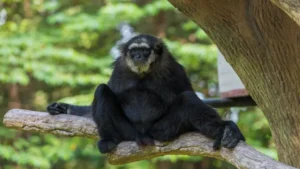
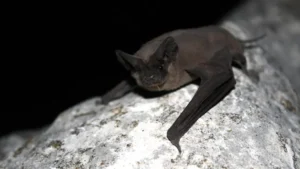
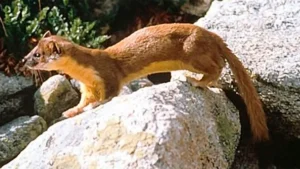
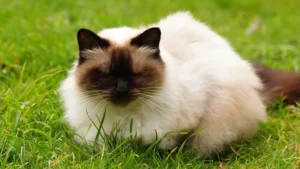

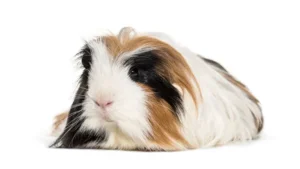
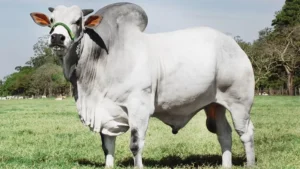

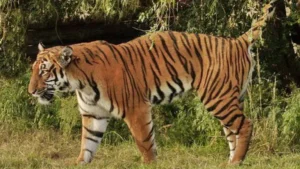
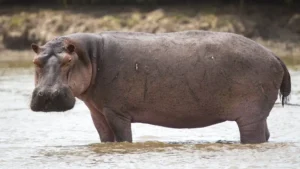


Leave your comment